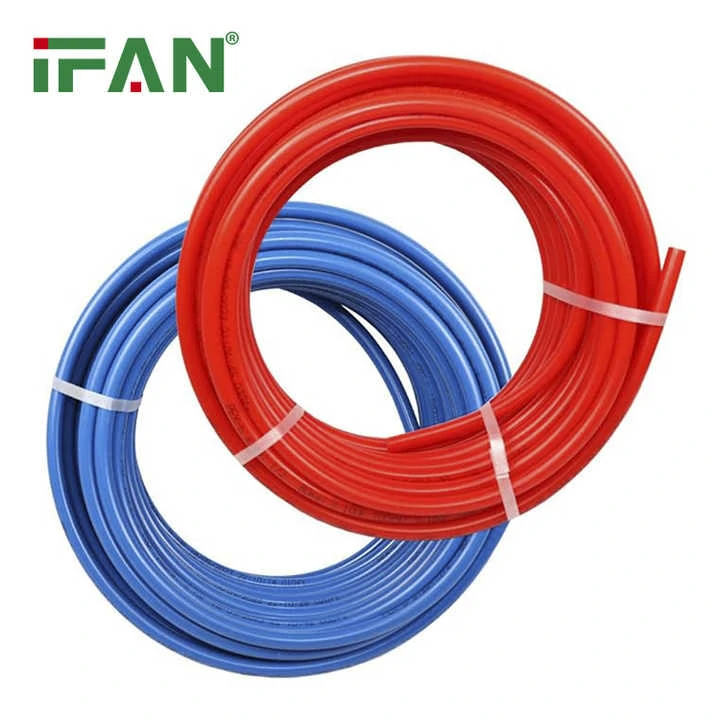Introduction to PEX Pipe
PEX pipe, short for cross-linked polyethylene, is a versatile plumbing material widely used in residential and commercial water systems. Its durability, flexibility, and resistance to various environmental factors make it a popular choice among homeowners and contractors. Understanding the lifespan of PEX pipe is crucial for maintaining a reliable and efficient water distribution system.
Factors Affecting Lifespan
The lifespan of PEX pipe can vary depending on several factors. These include the quality of the material, installation practices, water conditions, and the overall environment in which the pipe is installed. High-quality PEX pipe, properly installed and maintained, can offer decades of reliable service.
Material Quality
One of the primary factors determining the lifespan of PEX pipe is its material quality. High-density, cross-linked polyethylene used in premium PEX pipes ensures better resistance to chemicals, temperature changes, and pressure. For instance, pipes made with lower-grade materials may degrade faster, leading to leaks and failures within a shorter period.
Installation Practices
Proper installation is another key factor in extending the lifespan of PEX pipe. This includes using the right tools and techniques for cutting, joining, and securing the pipe. Improper installation, such as using incorrect fittings or over-tightening clamps, can cause stress points that weaken the pipe over time. In one case, a homeowner reported a leak in a PEX pipe due to an improperly installed clamp, which compromised the pipe’s integrity within five years.
Water Conditions
The chemical composition of the water flowing through PEX pipes can also affect its lifespan. Hard water, which contains high levels of minerals like calcium and magnesium, can deposit scale inside the pipes, reducing their efficiency and potentially causing corrosion over time. On the other hand, acidic water can degrade the pipe material, shortening its lifespan. Regular water testing and treatment can help mitigate these effects.

Environmental Factors
Environmental factors such as temperature fluctuations and exposure to ultraviolet (UV) light can also impact the lifespan of PEX pipe. PEX pipes are generally resistant to temperature extremes, but prolonged exposure to very high or low temperatures can cause the material to degrade. Additionally, direct sunlight can weaken the pipe’s UV stabilizers, leading to premature aging and failure. Installing PEX pipes in shaded areas or within protective sleeves can extend their lifespan.
Maintenance and Inspection
Regular maintenance and inspection are essential for maximizing the lifespan of PEX pipe. Checking for leaks, cracks, or signs of wear and tear can help identify potential problems before they become critical. Homeowners should inspect their PEX piping systems at least annually and have a professional perform a thorough inspection every few years. Addressing issues promptly can prevent minor problems from escalating into major repairs or replacements.
Estimated Lifespan and Examples
Based on the factors discussed, the estimated lifespan of PEX pipe can range from 40 to 50 years or even longer when installed and maintained correctly. For example, a well-maintained PEX piping system in a new home built in 2000 is likely to still be functioning efficiently today, with minimal repairs or replacements needed. In contrast, a poorly installed or maintained system in the same timeframe may require frequent repairs and eventual replacement.
Conclusion
In conclusion, the lifespan of PEX pipe is influenced by multiple factors, including material quality, installation practices, water conditions, environmental factors, and maintenance. By choosing high-quality materials, ensuring proper installation, maintaining optimal water conditions, protecting the pipe from environmental stressors, and performing regular maintenance and inspections, homeowners can maximize the lifespan of their PEX piping systems. With proper care, PEX pipes can provide decades of reliable service, ensuring a safe and efficient water distribution system for years to come.

